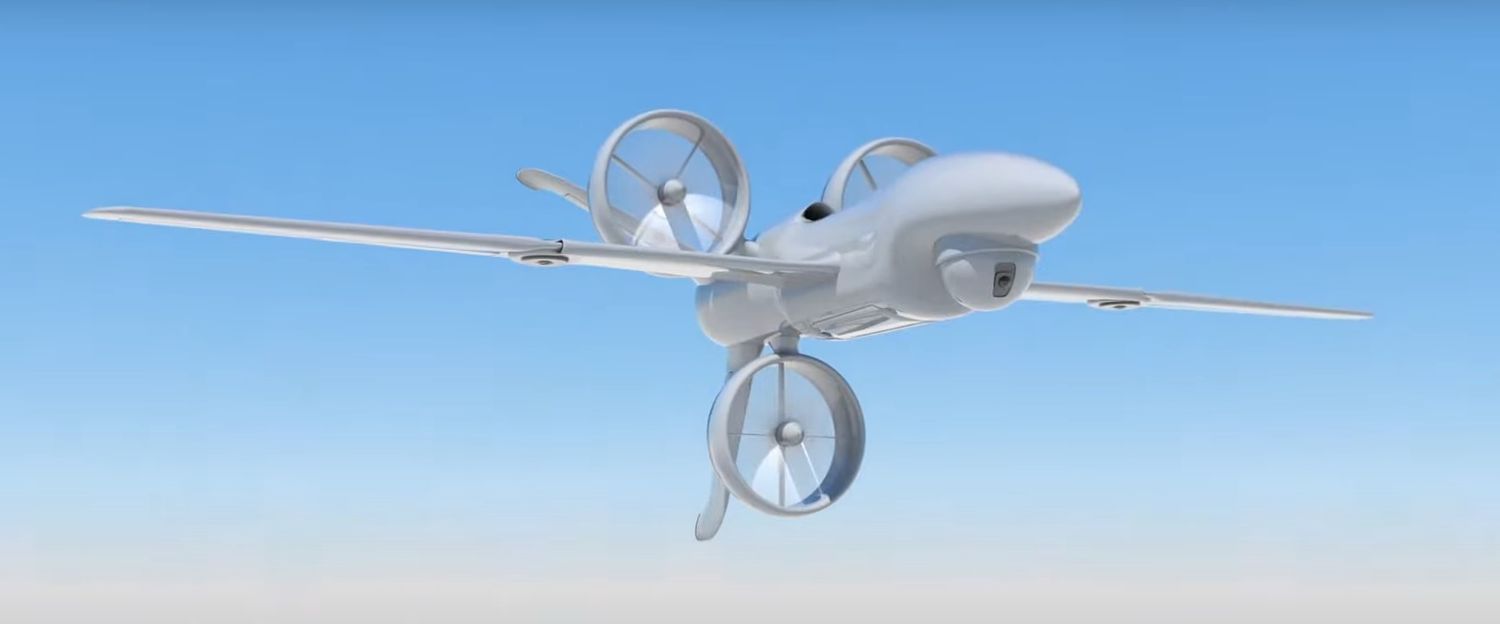DARPA’s development aims to create an unmanned aerial system (UAS) that can take off vertically like a helicopter and fly like an airplane.
DARPA reported that the ANCILLARY (for AdvaNced airCraft Infrastructure-Less Launch And RecoverY X-Plane) program aims to develop and flight demonstrate critical technologies required for a leap ahead in vertical takeoff and landing (VTOL), low-weight, high-payload, and long-endurance capabilities.
The goal is to build a plane that can launch from ship flight decks and small austere land locations in adverse weather without launch and recovery equipment typically needed for these systems.
“The ability for the warfighter to deploy and retrieve such systems in challenging conditions without reliance on infrastructure would minimize personnel, costs, and vulnerability during sensitive operations,” said Steve Komadina, the DARPA program manager for ANCILLARY.
A large non-traditional commercial industry base has fueled recent VTOL research investments and advanced controls leading to innovative vehicle configurations spanning size, weight, power, and cost. Advancements in small propulsion systems, high capacity low weight batteries, fuel cells, materials, electronics, and low-cost additive manufacturing can now enable new architectures and designs to be explored in this trade space.
“ANCILLARY plans to use a multi-disciplinary approach that will bring together developments in advanced control theory, aerodynamic modelling, and advanced propulsion to solve a combination of challenging design objectives,” said Komadina. “The upcoming Proposers Day and Expo on September 20, 2022, will not only bring together traditional aircraft manufactures, but also non-traditional military contractors that have been investigating commercial VTOL solutions.”
The vertical take-off capability and the small volume of such a system will allow even low tonnage vessels to acquire the ability to perform beyond visual range surveillance and reconnaissance activities.
At the same time, by being able to transition to horizontal flight and achieve lift on its own wings, the drone can fly farther, faster and with more payload than a similar helicopter-type unmanned vehicle could fly.


Comentarios
Para comentar, debés estar registrado
Por favor, iniciá sesión